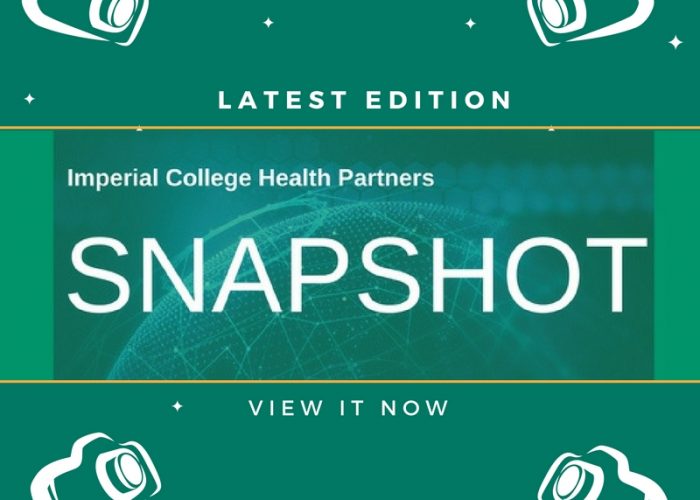Industry is from Mars and the NHS is from Venus. One is the master of unsolicited offers, the other plays hard to guess and get.
This may be stretching it somewhat but a frequent complaint you will hear in corridors of commercial directors in the NHS is that they are inundated by cold-calls, or in this day and age, cold-emails from industry advertising their wares. At the same time industry struggles to understand the needs of the health service which lacks a systematic and unified voice to articulate its wants. As a consequence, good matches between industry and the NHS are rare and happen despite, not because of, the prevailing structures and cultures.
This dysfunctional relationship has been well recognised but ill understood and answers in the past have mainly reached for structural solutions. That’s the easy bit, the harder part is to fill these structures with meaning to help fix what is a far more complex set of issues.
Academic Health Science Networks are a case in point. In part, they were set up to transform the relationship between industry and the NHS. As with so much new infrastructure in the NHS, the how was left blank to be filled in locally which has created space for different models and different interpretations.
But ambiguity (sometimes rightly) breeds opportunism. Parts of industry have seized the opportunity and interpreted the 15 new networks as radically reduced numbers of front doors into the NHS.
That is not how we have interpreted our role. In our view, we are not here to collate and promote particular products, services or companies. Our role should be first and foremost about creating a functional market for NHS and industry to come together and address systemic challenges. In other words, we convene the speed dating, we do not conduct the wedding.
More importantly, we start with need not solutions. Probably the most important contribution we can make as a partnership is to help articulate our members’ most pressing challenges are that require solutions. These solutions may be about finding existing products or services from industry or the voluntary sector. In other cases, they may require innovation.
We therefore asked our clinical leaders to identify need across North West London. They did and we have now put three challenges out for industry to respond to. None of these will be surprising and there are most certainly existing technologies and products in the market. But the fact that these are still recognised as challenges underlines the dysfunctional nature of the current market place.
We are running this as a soft market testing process with a view to enter into a competitive dialogue procurement process across organisations with those companies that come forward with suitable answers to the challenges.
At this stage it is a pilot. If it works we will repeat this once or twice a year. We have also already tested broader crowdsourcing in a small number of trusts to reach deeper into organisations. However, what we found is that 80% of the ideas generated by clinical leaders are also those identified by broader groups of staff. Apparently this is a common phenomenon.
None of this is earth shattering and it is only part of a wider strategy which continues to be an iterative dialogue between industry and ourselves on behalf of our NHS partner organisations. But it may just lead to better discipline within the NHS to articulate need systematically, regularly and publicly. Without that, parts of industry will continue to stick to a supply induced demand approach.
There is certainly a lot more we need to understand about the barriers before we can confidently move to a more ambitious strategy. The AHSNs have the remit and headspace to do so.
That should not stop us from agreeing some basic rules of engagement. We have just published our ‘prenuptials’ in form of an Industry Charter that is out for consideration. Many in industry would like to see one overarching rulebook for how we work together. At the same time, there are arguments for local variation and the vagueness of the AHSN concept offers opportunities for local innovation.
In the meantime, let the dating commence.


